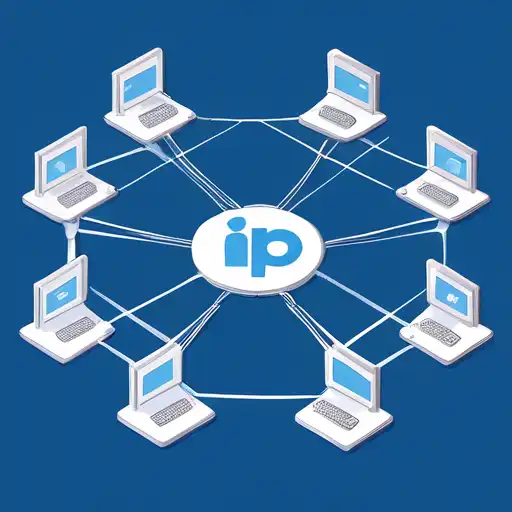Introduction to IP Addresses
In the vast world of networking, understanding the basics of IP addresses is crucial for anyone looking to grasp how devices communicate over the internet. An IP address, or Internet Protocol address, is a unique identifier assigned to each device connected to a network. This guide will walk you through the essentials of IP addresses, their types, and their role in networking.
What is an IP Address?
An IP address is a numerical label assigned to each device participating in a computer network that uses the Internet Protocol for communication. It serves two main functions: identifying the host or network interface and providing the location of the host in the network.
Types of IP Addresses
There are two primary versions of IP addresses in use today:
- IPv4: The most widely used version, consisting of four numbers separated by dots (e.g., 192.168.1.1).
- IPv6: Developed to deal with the exhaustion of IPv4 addresses, it uses eight groups of four hexadecimal digits (e.g., 2001:0db8:85a3:0000:0000:8a2e:0370:7334).
How IP Addresses Work
IP addresses are the cornerstone of internet communication. They allow devices to send and receive data across networks. When you visit a website, your device uses the website's IP address to request and receive the site's data.
Static vs. Dynamic IP Addresses
IP addresses can be either static or dynamic:
- Static IP Addresses: These are permanent and do not change over time. They are ideal for servers hosting websites.
- Dynamic IP Addresses: These are temporary and assigned by a DHCP server. They are commonly used for residential internet connections.
The Importance of IP Addresses in Networking
Without IP addresses, the internet as we know it would not function. They enable the routing of data packets across networks, ensuring that information reaches its intended destination. Understanding IP addresses is fundamental for anyone involved in IT or networking.
Conclusion
IP addresses are a fundamental aspect of networking, enabling devices to communicate over the internet. Whether you're a beginner or looking to refresh your knowledge, understanding the basics of IP addresses is essential. For more advanced topics, consider exploring subnetting and network security.
For further reading on networking basics, check out our guide on Networking Fundamentals.
